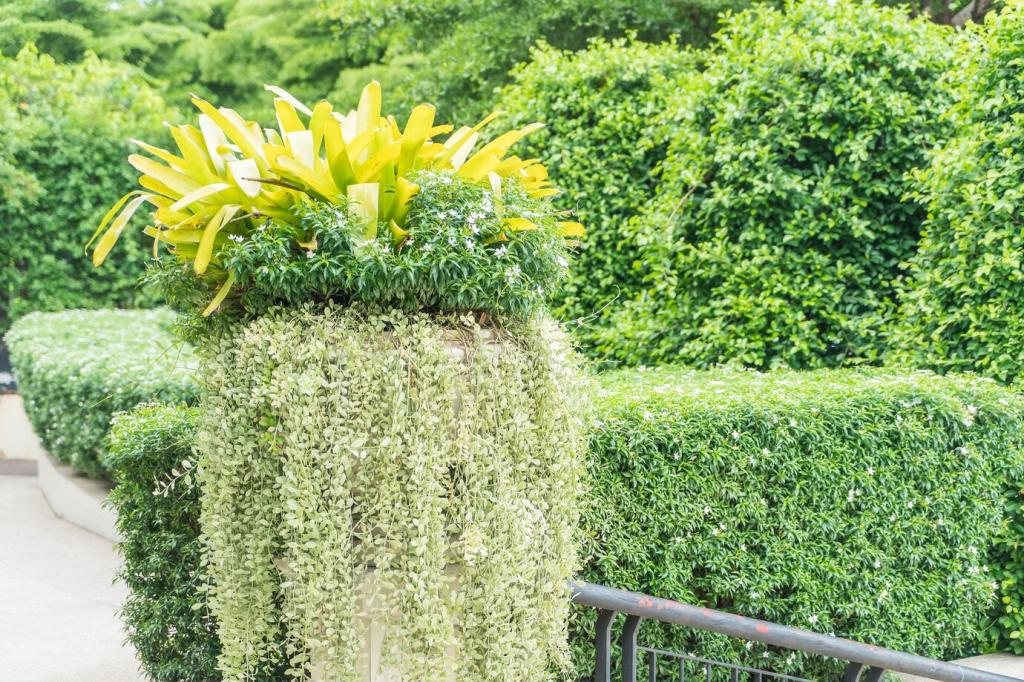What We Mean by Natural Stone Alternatives
Engineered quartz blends natural quartz crystals with resins for a nonporous surface that resists stains and never needs sealing. It can convincingly mimic marble veining while offering reliable durability for busy kitchens and bathrooms.
What We Mean by Natural Stone Alternatives
Ultra-compact porcelain and sintered stone are kiln-forged at high temperatures, creating dense, UV-stable surfaces. They handle heat, scratches, and sunlight gracefully, making them ideal for indoor countertops and outdoor kitchens alike.


